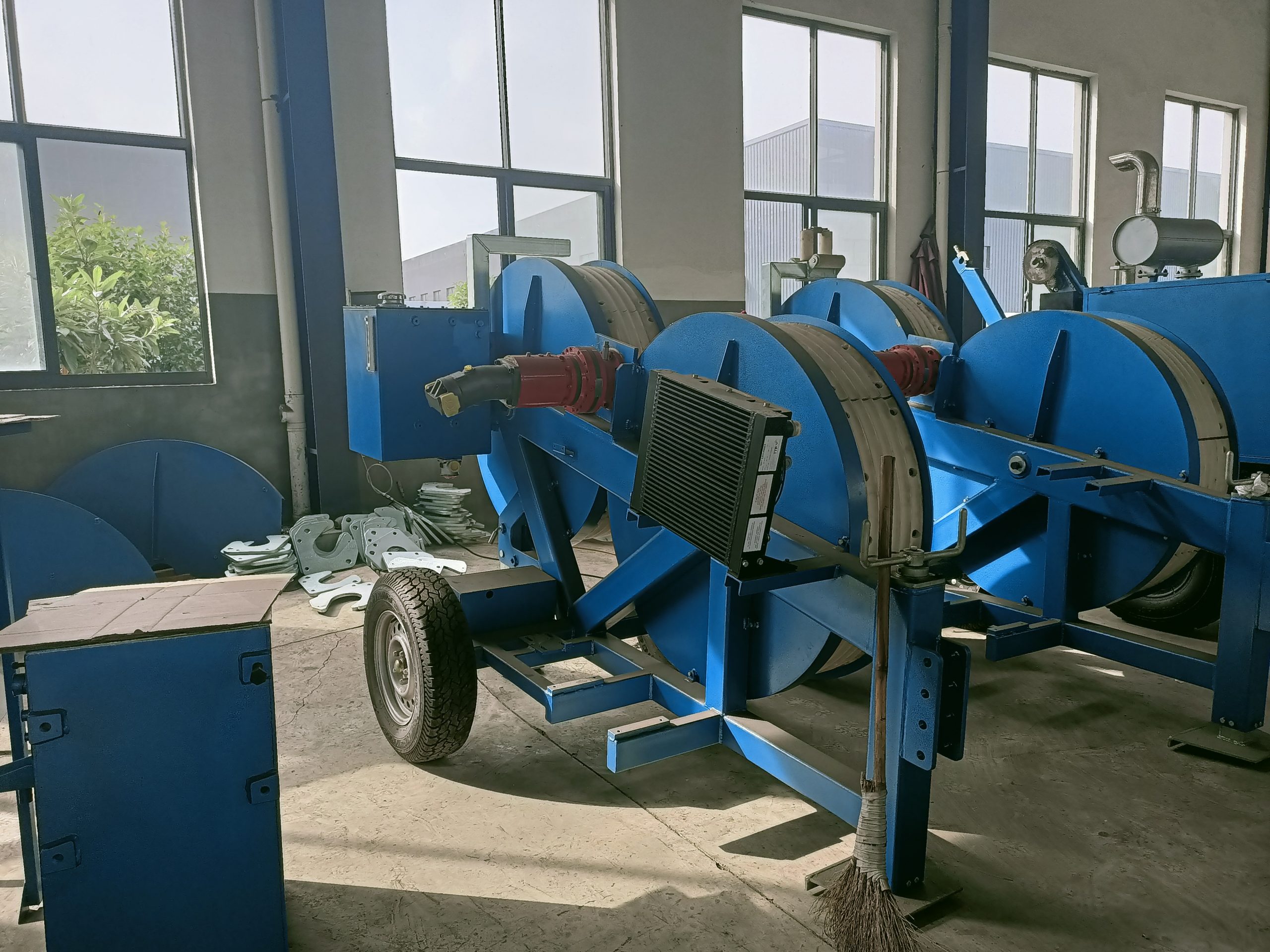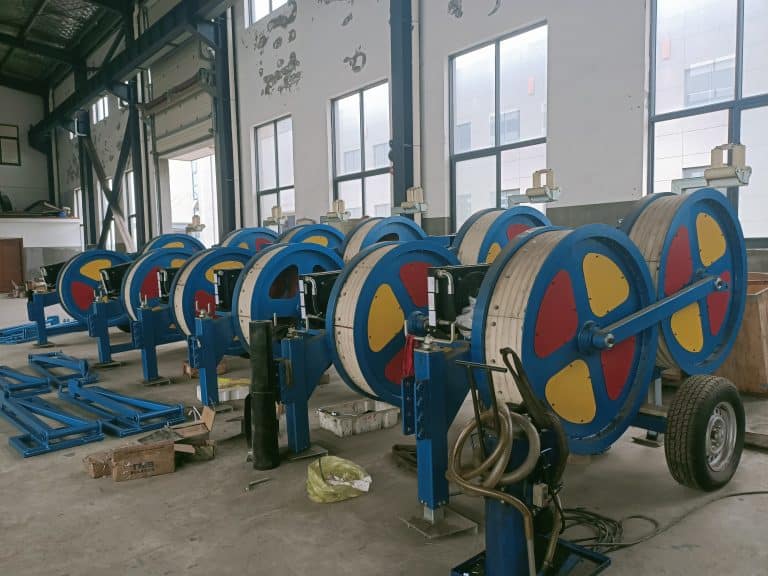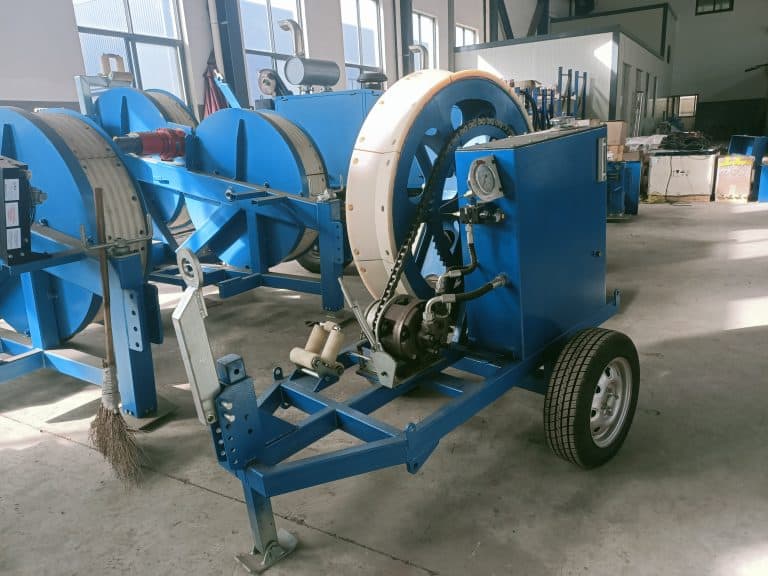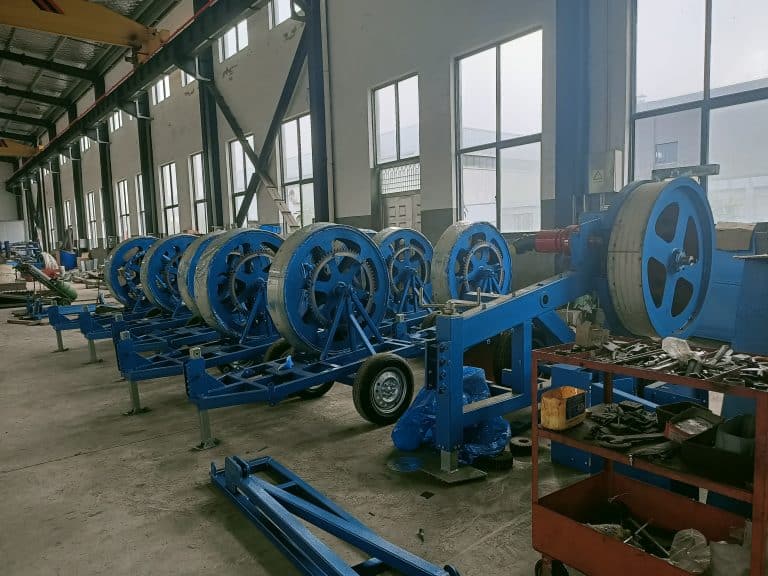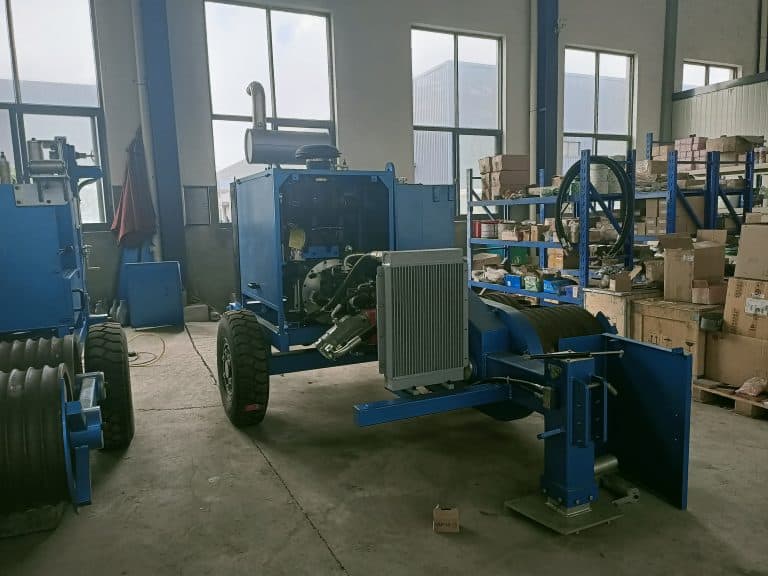What Do You Need to Know Before Choosing Transmission Line Stringing Tools?
Introduction You may be wondering whether you should buy new stringing tools for your next…
Introduction
You may be wondering whether you should buy new stringing tools for your next transmission line project. If so, you’re in the right place. In this article, we’ll discuss the different types of Transmission Line Stringing Tools and what to consider when making your purchase.
We’ll start by talking about the two main types of stringing tools: tensioners and pullers. Tensioners are used to tighten the lines, while pullers are used to pull the lines tight. Each type has its own unique benefits and drawbacks.
Next, we’ll discuss the factors you should consider when choosing a stringing tool. These include the weight of the tool, the type of line it can accommodate, and the type of connection it offers.
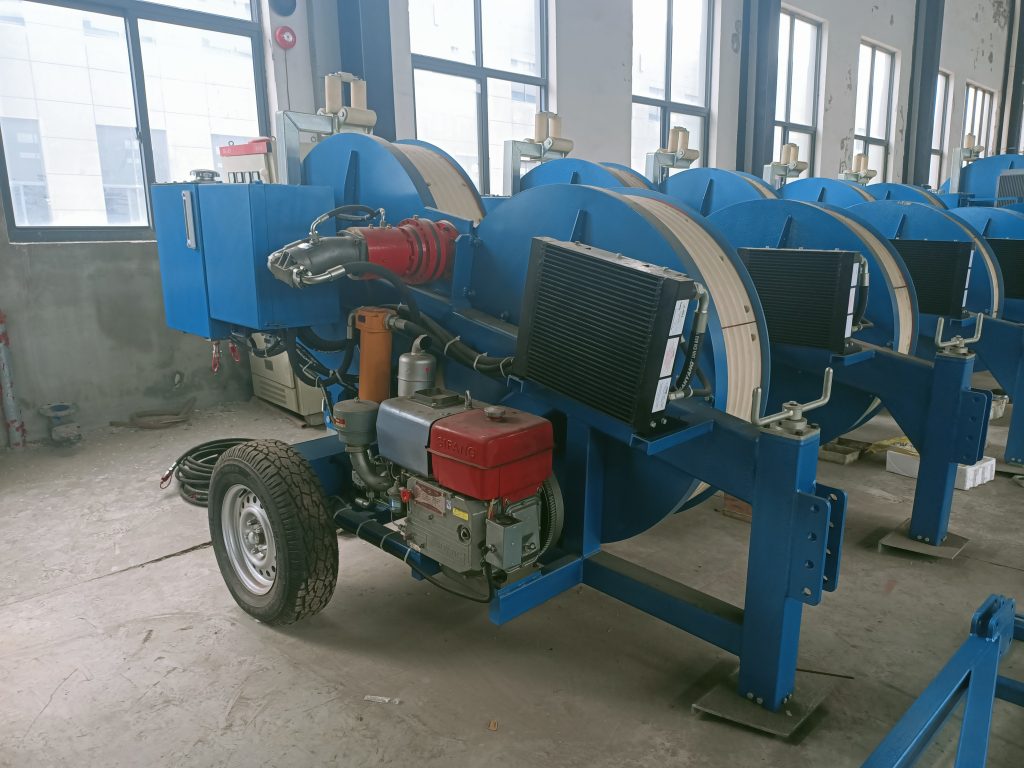
Finally, we’ll give you a few tips on how to choose the right stringing tool for your needs. So without further ado, let’s get started!
Overview of Transmission Line Stringing Tools
There are many transmission line stringing tools on the market, and it can be confusing to know which one to choose. That’s why you need to know what to look for before you make your purchase.
First, you need to decide what type of transmission line stringing tools you need. There are three options: manual, motorized, or hydraulic. Each one has its own benefits and drawbacks, so you need to decide which one is right for your project.
Once you’ve decided on the type of tool, you need to consider the features. Make sure the tool has the power and speed you need to get the job done quickly and efficiently. It’s also important to make sure the tool is durable and easy to use.
When you’re shopping for transmission line stringing tools, make sure to ask the supplier for help. They can guide you to the right tool for your needs and help you get the best value for your money.
Features to Consider When Selecting Transmission Line Stringing Tools
When it comes to choosing transmission line stringing tools, there are a few important features to consider.
The tool’s speed is one key factor. You’ll want something that can quickly and easily install transmission lines. The tool’s weight is also important – you’ll need something that’s not too heavy so that you can easily carry it around the job site.
And finally, the tool’s durability is crucial. You’ll want something that can withstand the wear and tear of everyday use.
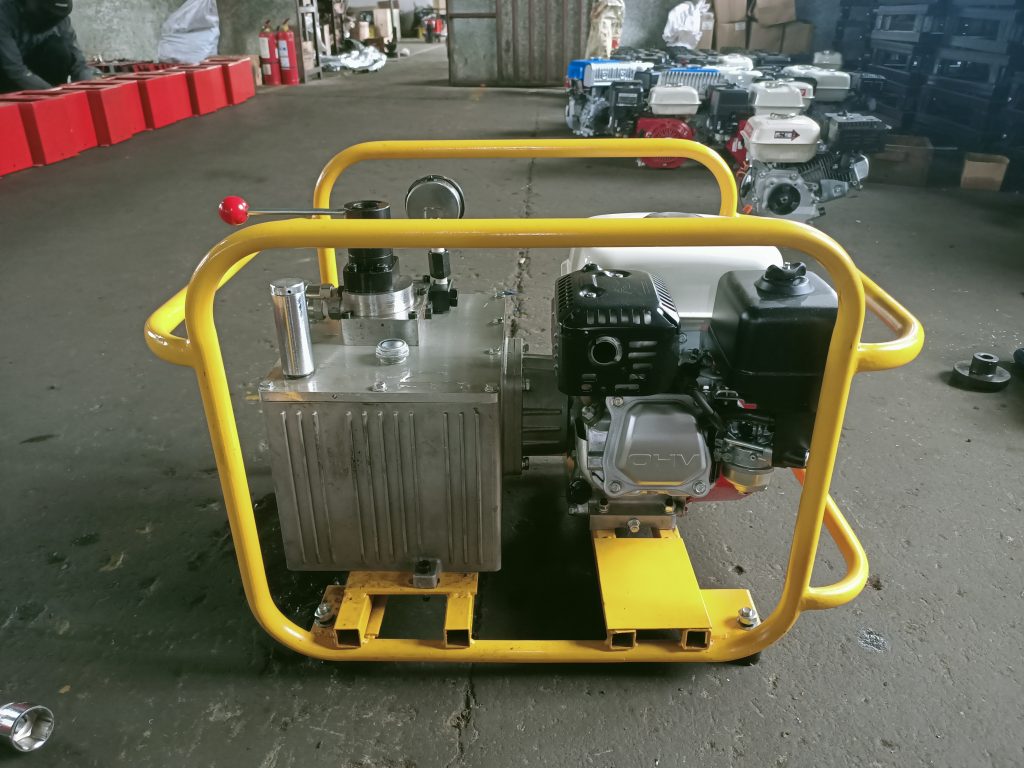
Advantages and Disadvantages of Different Types of Transmission Line Stringing Tools
There are a few different types of transmission line stringing tools on the market, each with its own set of advantages and disadvantages. Before you make your purchase, it’s important to understand what these are so you can choose the right tool for the job.
Here’s a breakdown of the most common types of tools:
Grips: Grips are portable and easy to use, making them a popular choice for field work. However, they can be a bit challenging to use on tight corners and can damage the conductor if used incorrectly.
Jacks: Jacks are heavier than grips and harder to move around, but they provide more power and can handle tougher jobs. They’re also less likely to damage the conductor.
Pullers: Pullers are the most powerful type of stringing tool, but they’re also the heaviest and most difficult to transport. They’re best for jobs that require a lot of force, such as stringing through metal poles.
Safety Considerations When Using Transmission Line Stringing Tools
There are a few safety considerations you should keep in mind when using transmission line stringing tools. First of all, always wear gloves when handling the tools. The last thing you want is to get a nasty cut from one of the sharp edges.
Secondly, make sure to read the instructions carefully before using any of the tools. There’s nothing worse than having an accident because you didn’t know how to use the tool properly.
And finally, always have someone else around when you’re using the tools. That way, if something does happen, there’s someone there who can help you out.
Tips for Maintaining and Repairing Transmission Line Stringing Tools
Here are some tips to help you maintain and repair your transmission line stringing tools:
– Check the manufacturer’s instructions for regular maintenance tasks like lubrication and cleaning.
– Inspect your transmission line stringing tools regularly for wear and tear, and replace any worn out parts.
– Keep your transmission line stringing tools stored in a dry, clean place when not in use.
– If you’re not using your transmission line stringing tools, disconnect them from the power source to prevent damage.
Troubleshooting Common Issues With Transmission Line Stringing Tools
If you’re having trouble with your transmission line stringing tools, there are a few things you can do to troubleshoot the issue.
First, check to see if the issue is with the tool itself or with the power source. If the issue is with the tool, check to see if the batteries are properly charged or if there’s an issue with the charging port. If the batteries are fine, then there may be an issue with the motor or gears.
If the issue is with the power source, make sure that the power source is turned on and that the cords are properly plugged in. If everything appears to be plugged in correctly, then there may be an issue with the outlet itself.
Once you’ve determined where the problem lies, you can begin to troubleshoot accordingly. If you’re still having trouble, you can always contact customer service for assistance.
Conclusion
When it comes to choosing the right transmission line stringing tools, it’s important to do your research and understand the different types of tools that are available. You also need to make sure you select the tools that are right for the job, and that you have the right skills to use them.
It’s important to remember that using the wrong tools can be dangerous, so make sure you know what you’re doing before you start work. If you’re not sure which tools to use, talk to an expert and make sure you understand the risks involved before you get started.
transmission line stringing equipment, stringing equipment for overhead power lines, stringing equipment, transmission line stringing tools, Stringing Tools for Transmission Lines, transmission line stringing tools manufacturers, transmission line construction equipment, overhead line stringing equipment, overhead line stringing tools, wire stringing equipment.

